
Joining the Rosa Bonheur Revival
Bonheur painted herself into The Horse Fair as a participant, dressed in the standard attire of the other (all male) riders.
More
Bonheur painted herself into The Horse Fair as a participant, dressed in the standard attire of the other (all male) riders.
More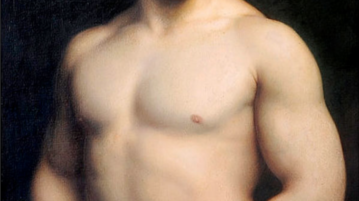
Gustave Courtois was born in 1852 in the tiny town of Pusey in eastern France, about 35 miles north of Besançon. He was raised by his single mother, Jeanne Jobard, a laundress who hardly made enough money to pay the bills. Thanks to his remarkable artistic talent, he received a scholarship in the spring of 1869 to join the atelier of Jean-Léon Gérôme, a renowned Orientalist painter and professor at the prestigious École des Beaux-Arts in Paris.
More
The Benedick opened its doors in the autumn of 1879. It offered 33 apartments for unmarried men and included on the top floor four artists’ studios available for rent, studios that were accessible via that sine qua non of New York sophistication: an elevator.
More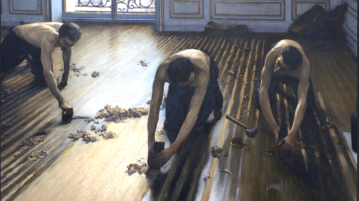
In Caillebotte’s first major painting, The Floor-Scrapers, men are depicted laboring in a bourgeois apartment. Kneeling, their arms extended before them, their torsos bare, the men are depicted in remarkably submissive poses. Such a presentation flew in the face of traditional concepts of manhood and its artistic representation, and the canvas was rejected by the jury of the 1875 Paris Salon.
MoreThe image selection for the cover of the catalog, a recent self-portrait by Senegalese photographer Omar Victor Diop, captures some of the exhibit’s themes. The photograph is a re-imagining of a late 18th-century painting by the French romanticist Anne-Louis Girodet de Roussy-Trioson, of a portrait of Jean-Baptiste Belley, a formerly enslaved person from Saint-Domingue who gained his freedom and fought in both the American War of Independence and the Haitian Revolution.
More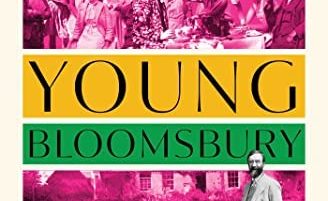
There were two Bloomsburys: the one that began in 1906 at Cambridge University when John Maynard Keynes, the eminent economist, and Lytton Strachey founded a discussion society called The Apostles, in which great minds talked about ideas with handsome young undergraduates; and the one that resumed after World War I, when a new generation (who were part of, but not co-extensive with, the “Bright Young Things”) emerged.
More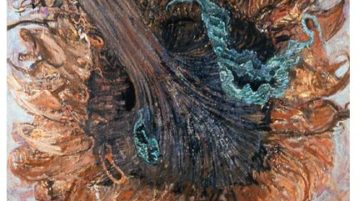
His New York Underground show featured art depict- ing scenes of cruising, bathhouse orgies, public sex, California surfers, disco queens, urban cowboys…
More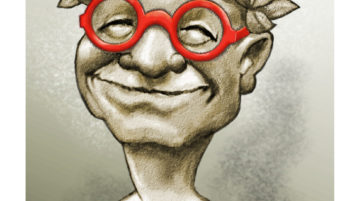
What makes Richard Howard so discomforting and so important (the two in my mind are always linked) was his insatiability, not just as an intellectual, not merely as a translator, critic, and poet, but as a sensibility that could never see enough, never feel enough, never know enough, who wished to feel each moment not just in itself but as part of a continuity of moments that we share together. Nothing could be queerer than this insatiability.
More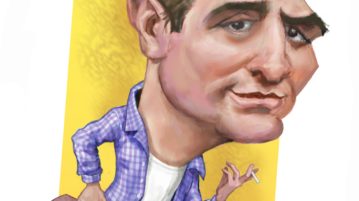
AS JACK KEROUAC’S centennial year draws to a close, I have been contemplating the open book of his sexuality. He married three times, had countless affairs with women, and was not above crude expressions of homophobia. However, he allied himself with his gay friends Allen Ginsberg and William S. Burroughs in the creation of the Beat Movement, and, according to Ginsberg, there were times when Kerouac had sex with him or other men.
More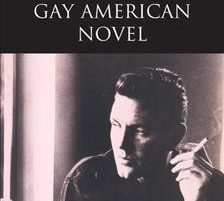
Who did read Merrick’s books? Not his agent, Merrick eventually realized, or even his editor at Avon Books. But thousands of fans did. Sales figures are sprinkled throughout Joseph M. Ortiz’ new biography, Gordon Merrick and the Great Gay American Novel. One refers to over a million books sold. They did well in France and England. French critics considered Merrick a “serious” novelist. It helped that Merrick was fluent in French (one reason the OSS hired him), and so did the fact that he was critical of his own country’s shortcomings.
More